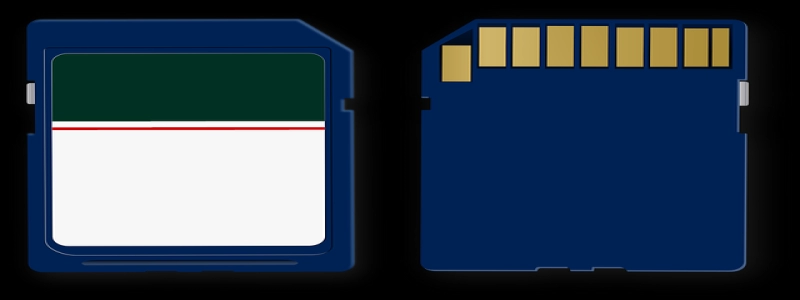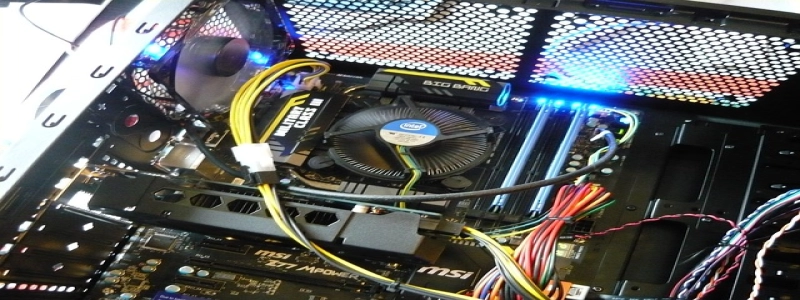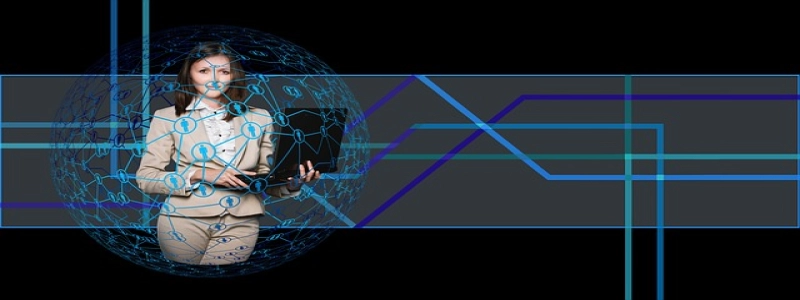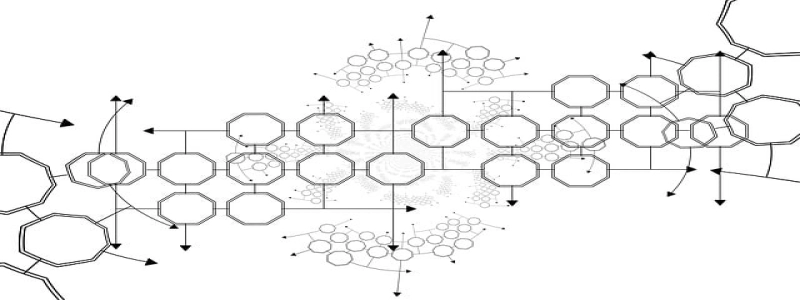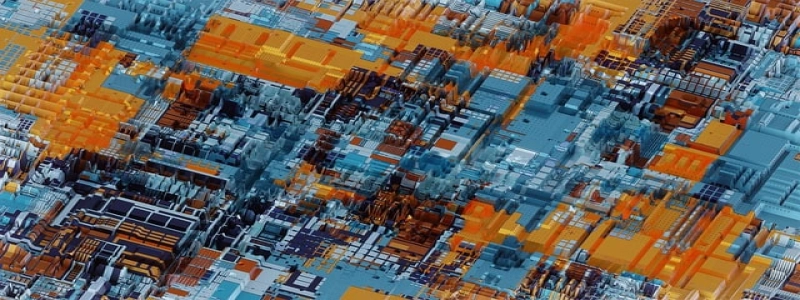Fiber Optic Cable Material
Einführung:
Fiber optic cables are essential components in modern communication systems, enabling the transmission of vast amounts of data across long distances. These cables consist of various materials that ensure the efficient and reliable transfer of light signals. In diesem Artikel, we will explore the different materials used in fiber optic cables and their functions.
ICH. Core Material:
The core material is the innermost layer of the fiber optic cable and plays a crucial role in transmitting light signals. It is typically made of high-purity glass or plastic. Glass offers excellent transparency and low attenuation, meaning that light can travel long distances without losing signal strength. Plastic cores are cost-effective alternatives but are less efficient in terms of signal transmission.
II. Cladding Material:
The cladding material surrounds the core and helps contain the light signals, preventing them from escaping or being absorbed by external factors. It is usually made of a different type of glass or plastic than the core. The cladding material has a lower refractive index than the core material, allowing it to reflect light signals back into the core, maintaining their integrity and preventing signal loss.
III. Buffer Material:
The buffer material is a protective layer surrounding the cladding and core. It serves several purposes, including mechanical protection, insulation, and resistance to environmental factors. Common buffer materials include PVC (Polyvinyl chloride) and Teflon. PVC provides excellent shielding against physical damage and is widely used in indoor fiber optic cables. Teflon, andererseits, offers superior resistance to heat and chemicals, making it suitable for outdoor and industrial applications.
IV. Strength Members:
Fiber optic cables often require additional reinforcement to withstand external forces such as tension and compression. Strength members, typically made of materials like aramid or fiberglass, are embedded within the cable to provide stability and prevent elongation or deformation. These materials have high tensile strength and prevent the cable from stretching or breaking under stress.
V. Jacket Material:
The outermost layer of the fiber optic cable is the jacket, which serves as the primary protective barrier against physical damage, moisture, and abrasion. Common jacket materials include Polyethylene (PE), Polyvinyl Chloride (PVC), and Thermoplastic Polyurethane (TPU). PE jackets are widely used in outdoor applications due to their resistance to UV radiation and moisture. PVC jackets offer excellent flame retardancy and flexibility, making them suitable for both indoor and outdoor use. TPU jackets provide superior durability, flexibility, and resistance to harsh environments, making them ideal for industrial and military applications.
Abschluss:
Fiber optic cables are composed of various materials that collectively ensure reliable and efficient transmission of light signals. Each material component has its unique properties and functions. From the core material that carries the light signals to the jacket material that protects the cable, every element plays a vital role in enabling seamless communication in today’s interconnected world.
